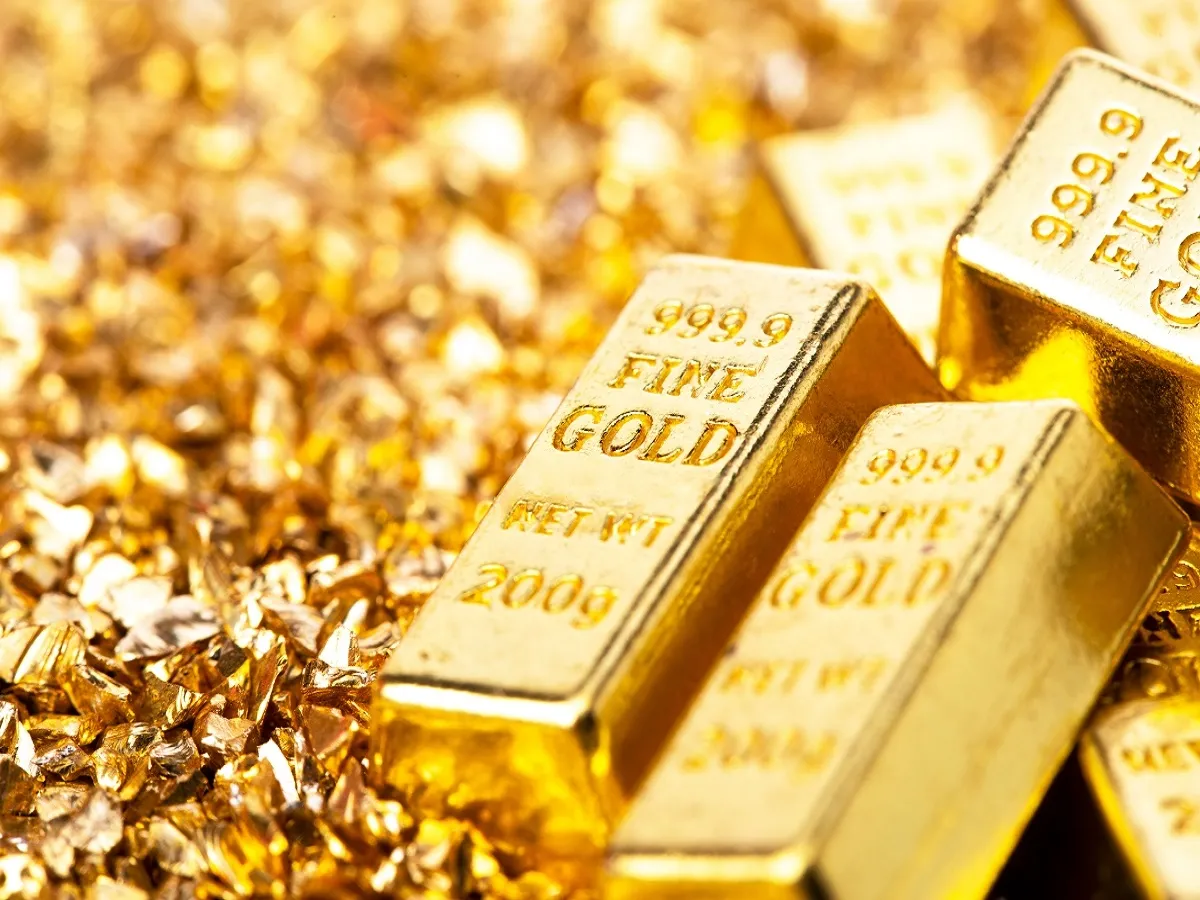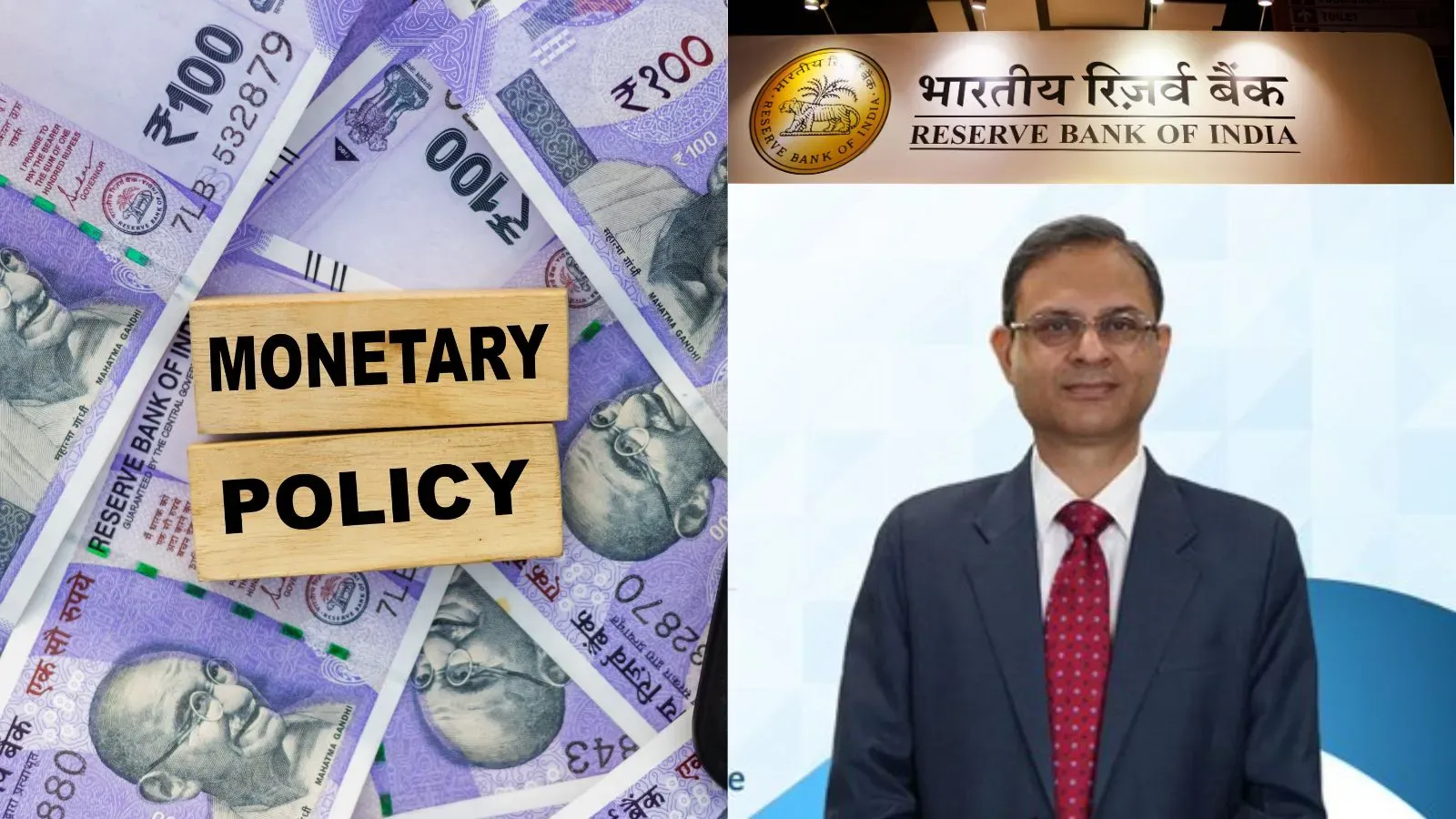Business News
From COMEX to central banks: Who’s fuelling surge in gold prices amid Trump's tariff threat?
.png)
4 min read | Updated on February 18, 2025, 11:15 IST
SUMMARY
Gold prices have surged to record highs, driven by strong central bank demand, rising investment inflows, geopolitical uncertainties, and a shift toward physical gold hoarding on COMEX.

आमतौर पर सोने के जेवरों को सिक्यॉरिटी देकर लिया जाता है लोन।
Gold prices have been on a remarkable upward trajectory, hitting record highs and capturing the attention of investors and policymakers alike. On Friday, gold futures for February delivery on the Multi Commodity Exchange (MCX) rose by ₹101 to ₹84,545 per 10 grams, a 0.12% increase amid strong speculative activity. Globally, gold futures climbed 0.12% to USD 2,859.66 per ounce in New York.
So, what’s behind this surge?
Central banks in the driver’s seat
One of the key factors propelling gold prices is robust demand from central banks. According to the World Gold Council (WGC), central banks purchased over 1,000 tons of gold for the third consecutive year in 2024, with Poland’s central bank leading the pack by adding 90 tons to its reserves. This trend accelerated in the fourth quarter of 2024, with the central bank buying up 54% year-on-year to 333 tons, driven partly by geopolitical uncertainties following Donald Trump's US election victory.
“In 2025, we expect central banks to remain in the driving seat and gold ETF investors to join the fray, especially if we see lower, albeit volatile interest rates,” said Louise Street, senior markets analyst at the WGC.
Investment demand hits new highs
Investment demand for gold rose sharply by 25% in 2024, reaching a four-year high of 1,180 tons. A notable shift occurred as outflows from physically-backed gold exchange-traded funds (ETFs) dried up for the first time in four years. The demand for gold barsrose 10%, while coin purchases dropped 31%.
Geopolitical tensions and safe-haven demand
Gold's status as a safe-haven asset has been reinforced by escalating geopolitical tensions. Prices surged to an all-time high following China's retaliatory tariffs against the US, a response to President Trump’s trade policies. Concerns about potential stagflation—where high inflation coincides with low economic growth—have further driven investors toward gold.
“When you've got higher inflation and lower growth, stagflation becomes the economic theme. Gold tends to work very well in that particular environment,” Reuters quoted Phillip Streible, chief market strategist at Blue Line Futures, as saying.
COMEX phenomenon: Physical gold hoarding
This rush has also caused COMEX futures to trade at a premium over spot prices, highlighting the heightened demand for physical gold.
Impact on global and Indian markets
The ripple effects of these trends are being felt worldwide. In Asia, particularly India, physical gold prices are trading at a discount to futures, indicating weak demand due to high prices.
Jewellery companies in India are also feeling the pinch. Titan Company’s management noted a rise in gold lease rates amid tightening supply, a concern echoed by Kalyan Jewellers, reported Moneycontrol.
“Gold moved from London to COMEX because of anticipated tariffs. Suddenly, there was a gold shortage in the market over the last week, and gold metal loan interest rates are also fluid,” Moneycontrol quoted Vijay Govindarajan, Associate Vice President - Finance at Titan, as saying.
What lies ahead?
Analysts expect central banks to continue their aggressive gold buying, while ETF investors may return amid lower interest rates. Geopolitical risks, particularly related to US trade policies, will likely sustain safe-haven demand.
“I can see gold trying to reach up to that $2,900 level at some point during the first quarter; after we breach that, we'll set new levels,” Reuters quoted Bob Haberkorn, Senior Market Strategist at RJO Futures, as saying.
While global investors seek refuge in gold, Indian markets might continue to grapple with subdued physical demand and supply-side challenges. For now, gold remains the asset of choice for those hedging against uncertainties.
By signing up you agree to Upstox’s Terms & Conditions
About The Author
Next Story

